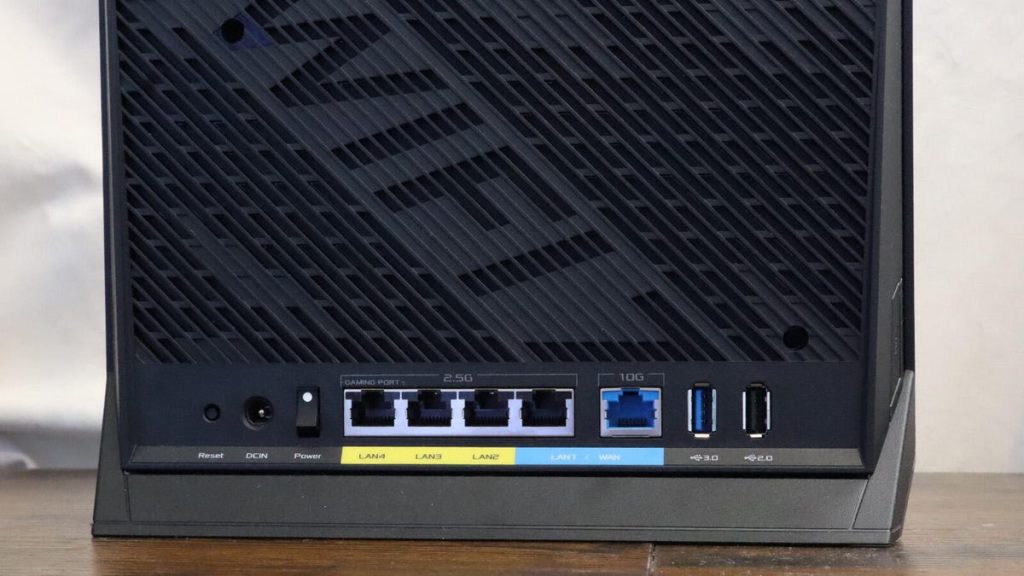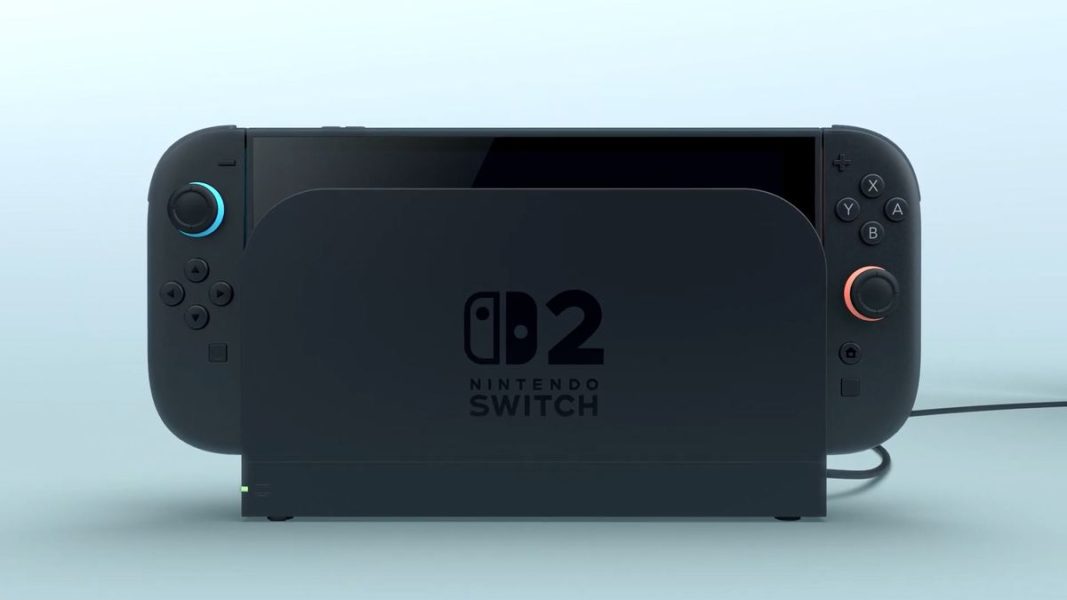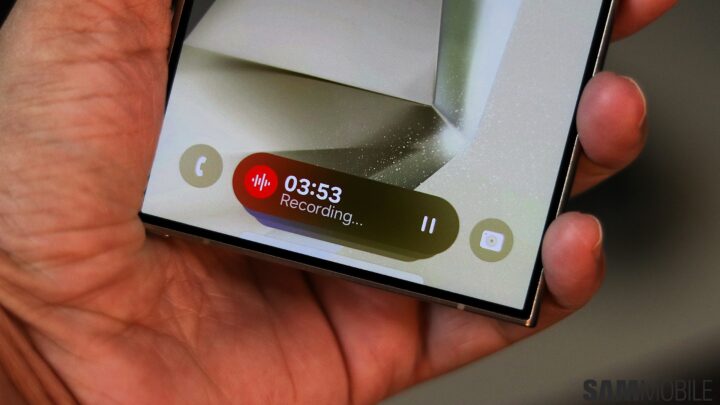Should you upgrade to Wi-Fi 7? My buying advice after testing a next-gen router at home – ZDNet

‘ZDNET Recommends’: What exactly does it mean?ZDNET’s recommendations are based on many hours of testing, research, and comparison shopping. We gather data from the best available sources, including vendor and retailer listings as well as other relevant and independent reviews sites. And we pore over customer reviews to find out what matters to real people who already own and use the products and services we’re assessing.When you click through from our site to a retailer and buy a product or service, we may earn affiliate commissions. This helps support our work, but does not affect what we cover or how, and it does not affect the price you pay. Neither ZDNET nor the author are compensated for these independent reviews. Indeed, we follow strict guidelines that ensure our editorial content is never influenced by advertisers.ZDNET’s editorial team writes on behalf of you, our reader. Our goal is to deliver the most accurate information and the most knowledgeable advice possible in order to help you make smarter buying decisions on tech gear and a wide array of products and services. Our editors thoroughly review and fact-check every article to ensure that our content meets the highest standards. If we have made an error or published misleading information, we will correct or clarify the article. If you see inaccuracies in our content, please report the mistake via this form.Wi-Fi 7 has been around since last January, but widespread adoption has been limited. The technology requires devices to have the necessary hardware to support it, and it appears that time has arrived because we’re seeing more devices supporting the standard, such as the Asus RT-B386U. Also: What is Wi-Fi 7 and just how fast is it?This is one of the company’s new mid-range Wi-Fi 7 routers. “Mid-range” is an important term in that sentence because it doesn’t match the speeds seen on a high-end model but still provides top-notch performance.Asus’ RT-BE6U is a new Wi-Fi 7 router packed to the gills with features from hotspot tethering to website blocking to malicious website blocking.But before I get into any numbers, I want to go over the router’s design. There’s a lot going on here, and it impacts how the RT-B386U operates. Asus’ gadget measures 9.25 x 3.5 x 12 inches. Instead of lying down flat, it sits on a base, allowing it to be placed upright. This makes finding a place for the model easier than if it were on its side. On the front is a series of LED lights corresponding to various connections. The LEDs are pretty bright, but luckily, the company installed an on/off button on the side. Also: These new Wi-Fi 7 adapters will keep your old laptop future-proof for years to comeAround the back are a series of I/O ports, including a 10G WAN/LAN input for long-distance connections and several 2.5G LAN inputs for local networks. Although this isn’t a gaming router, it does have a dedicated “Gaming Port” which prioritizes connected devices. It is a very useful option to have while trying to play video games during high-traffic hours. Speaking from experience, this one port can save online matches. Lag practically disappears since you won’t be fighting for a stable connection. But what about wireless speeds? What is the Wi-Fi 7 experience on the Asus RT-BE7U like? Simply put, it’s amazing. Asus’ router is crazy fast. For testing, I ran the Ookla Speedtest on my laptop, and it consistently achieved lightning-fast speeds of well over 500Mbps. I could stream movies, play online games, and download large files simultaneously without experiencing a significant slowdown. Ping speed was pretty good, hovering around 20 to 22 ms, although there were instances when it dropped slightly lower.It wasn’t all perfect. Asus states the RT-BE86U has a maximum coverage area of up to 2,750 sq ft.; however, I had difficulty connecting my devices to the router from the far end of my apartment. Asus gave me a pair of ZenWiFi BT10 extenders to boost the signal, and they were great — when they worked. I did, however, have some stability issues with the nodes during testing.Also: This Eero device solved my biggest issue with my outdoor smart home devicesAnother point of contention is the router does not have a 6Ghz band. It only has 2.4 and 5 GHz bands. These channels met my needs several times over, but if you and your family have a lot of devices, two bands may feel limiting.Setting up the RT-BE86U is incredibly easy thanks to the Asus Router app. After installing the software and plugging in my modem, I then followed several on-screen instructions to configure the device. The whole process took no more than a few minutes. The app plays a big role in the router’s operation. Not only does the software let you set up the RT-BE86U, but it also offers access to a wide array of features.Also: These new Wi-Fi 7 adapters will keep your old laptop future-proof for years to comeYou can create multiple sub-networks there. For example, you could have a network for your kids with parental controls, one for smart home devices, and even one for VPNs. Online security is another large aspect. To name a few, you have Safe Browsing to protect you from malware online, DNS (domain name system) encryption to cover your digital footprint, plus an adblocker.Asus’ RT-BE86U is currently on sale for $300 on the company’s digital storefront, while the ZenWiFi BT10 extenders cost $360. Yes, those are high prices, but A) they’re a great way to bring next-gen Wi-Fi to your home, and B) they’re more affordable than similar devices. You’ll often find other Wi-Fi 7 routers go for $500 starting. That said, the Asus gets my recommendation, especially if you’re just getting started with Wi-Fi 7.



